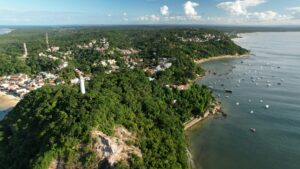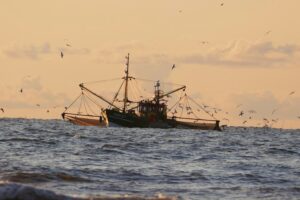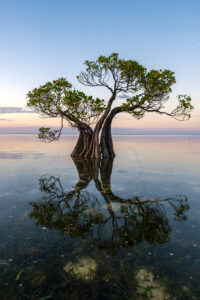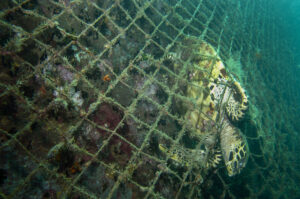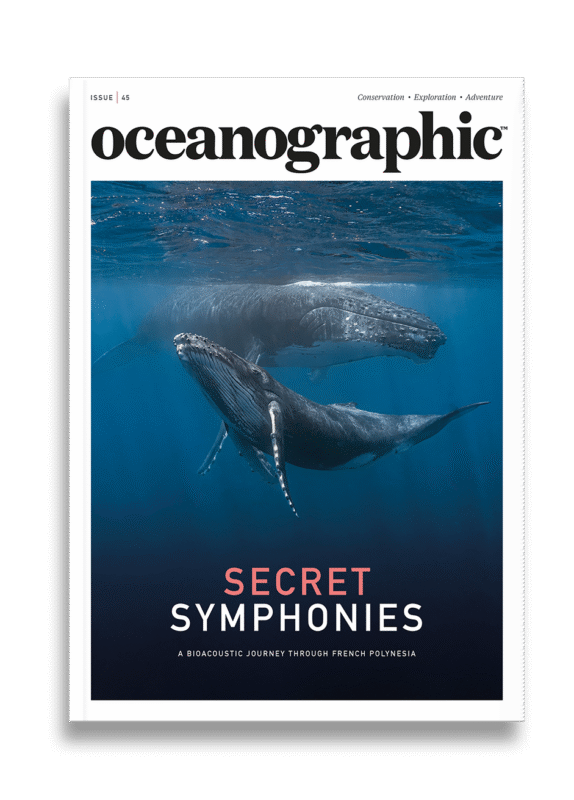26 years of video footage shows benefit of bottom-trawling bans
Trawling restrictions are not only benefitting fish and shellfish but are helping anemones and corals to bounce back in abundance, too - a new study from the University of Gothenburg has found, making claims that are backed up by 26 years’ of underwater videos.
Trawling restrictions are not only benefitting fish and shellfish but are helping anemones and corals to bounce back in abundance, too – a new study from the University of Gothenburg has found, making claims that are backed up by 26 years’ of underwater videos.
Made possible with thanks to a large treasure of underwater videos taken at a rock wall in Koster Sea off Sweden, researchers have been able to monitor and measure changes to marine wildlife across Kosterhavet National Park over the last quarter of a century.
Among the changes observed is that several species of mussels, anemones, and soft corals have recovered “significantly” since the introduction of bottom-trawl fishing restrictions within the last 25 years. Spared the process of being churned up with the seabed as trawlers drag their nets across the habitat, these critical water-filters have been able to not only recover, but thrive.
At the same time, however, the study shows that large and heat-sensitive species are declining at shallow depths in the Koster Fjord or are simply disappearing entirely from the area. Among the more dramatic declines has been in the number of football sponge, Geodia barretti while the excavated fileclam Acesta excavata has also declined steadily.
Both species are important to the Koster Sea ecosystem as they build habitats for many other organisms.
The rock wall in Koster Sea has been filmed with an underwater robot during numerous study visits, teaching sessions, and projects at Sweden’s Tjarno Marine Laboratory from as long ago as 1997. The footage from each session has been stored all that time on hard drives.
“We are lucky that the underwater photographers at the Tjarno Marine Laboratory chose to keep this data until now, when we can use machines to go through it,” said Matthias Obst, a researcher at the laboratory.

The success of the analysis has been put down to machine learning, without which it would have been nigh on impossible to analyse such a large number of underwater videos of varying quality and count the abundance of 17 species over the course of 26 years, from 1997 to 2023. It was down to master’s student, Christian Nilsson to review selected parts of the material and teach an AI object detection model to recognise characteristic features of each species.
In the end, it took the AI model only a few hours to analyse 4.4 million images from the selected videos.
“We now have a good timeline showing how the 17 species have increased and decreased over the 26 years covered by the data, but also how they have responded to increasingly warmer water temperatures,” said Obst. ‘We see that heat-sensitive species are losing their living environment in shallow waters due to the warm temperatures there.”
The study is part of an EU-funded programme called Digital Twin of the Ocean, an initiative that combines marine research with modern technology development for the sustainable management of our marine ecosystems. It shows that the protective measures implemented on the Kosterhavet National Park have been effective and are helping to bring balance to the ecosystem.
“There are some organisms that may not be saved by the protective measures in the national park,” said Obst. “Rising temperatures in the Koster Sea are driven by climate change, which is difficult to stop. For these species, it may be appropriate to find new areas with deeper water where these species can find refuge.”
The study – Applying Deep Learning to Quantify Drivers of Long-term Ecological Change in a Swedish Marine Protected Area – has been published in the journal, Ecology and Evolution.


"*" indicates required fields
Printed editions
Current issue
Back issues

Back Issues
Issue 43 Sir David Attenborough’s ‘Ocean’

Back Issues
Issue 41 Holdfast to the canopy
Enjoy so much more from Oceanographic Magazine by becoming a subscriber.
A range of subscription options are available.

